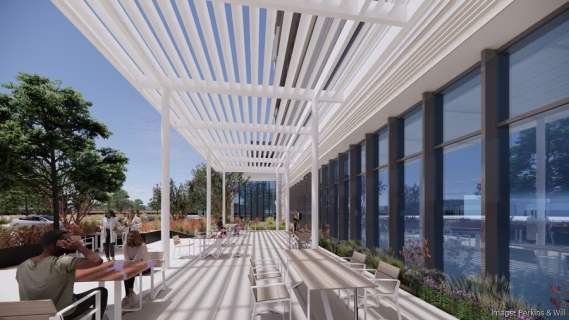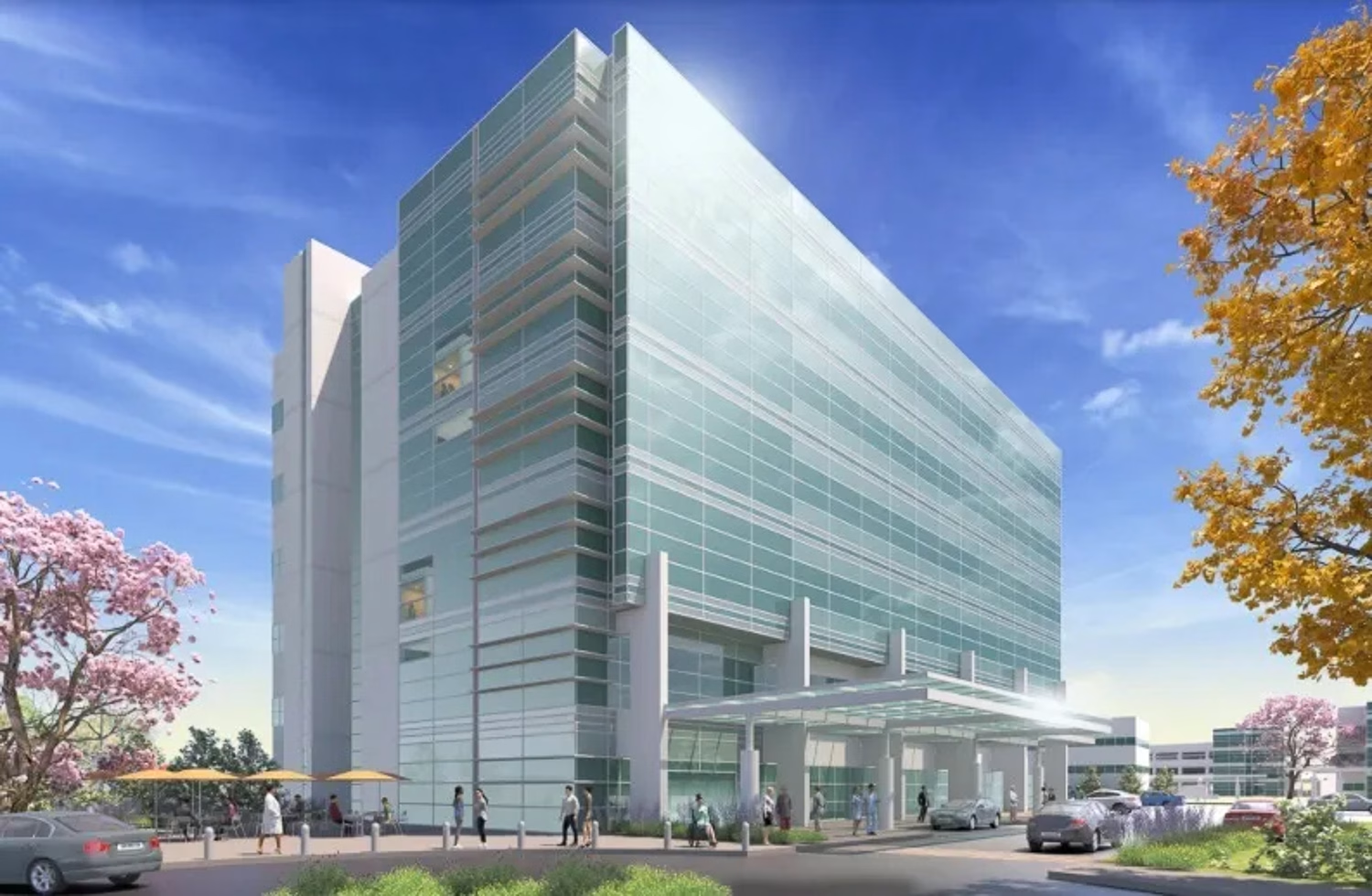The Good Samaritan Hospital Campus Expansion is a massive $1.3 billion modernization project being developed in San Jose, California. Spearheaded by HCA Healthcare, this multi-phase development involves the construction of a new 715,100-square-foot patient tower designed to meet strict 2030 state seismic safety mandates. The expansion—echoing the momentum as Hartford HealthCare secures $850 million for a massive campus overhaul—will deliver 234 new private inpatient rooms (bringing the total to 339 beds), a new central utility plant, and a multi-story parking structure. Groundbreaking took place in October 2025, with the facility set to integrate advanced medical technologies, including AI and robotics, by its targeted completion in 2032.
Published 31st Oct 2025: HCA Healthcare has commenced construction on a major expansion at Good Samaritan Hospital in San Jose, California. The project, valued at approximately US $1.3 billion, reflects the hospital’s response to growing regional demand for healthcare infrastructure. The expansion covers roughly 715,100 square feet and will feature 234 private inpatient rooms, including 155 medical/surgical beds, 22 ICU beds and 57 women’s and children’s beds.
Ground-breaking ceremonies occurred early this month as the hospital moves ahead with its first construction phase. The facility responds to Santa Clara County’s below-average hospital-bed provision and aligns with new California seismic-safety regulations scheduled for implementation by 2030.
Project Factsheet
Project: Expansion of Good Samaritan Hospital campus, San Jose, California
Developer/Owner: Good Samaritan Hospital / HCA Healthcare
Valuation: US $1.3 billion
Size: 715,100 sq ft of new construction
Private In-patient Rooms: 234 total
Bed Breakdown: 155 medical/surgical, 22 ICU, 57 women’s & children’s
Target Completion: Full build-out expected by 2032

Significance of the Project
This expansion signifies a major opportunity for the construction and infrastructure sector given its size, complexity, and sector-specific requirements in healthcare. It mirrors trends highlighted in key healthcare construction projects currently underway across the United States, which showcase how advanced hospital infrastructure and medical campuses are driving specialized demand for high-performance building systems. It involves heavy civil works, structural steel, efficient MEP systems, high-performance façade envelopes, and seismic-code compliance upgrades. Contractors will engage in phased site preparation, patient-tower erection, utility-plant installation, and interior fit-out of advanced healthcare suites.

Furthermore, the project anchors growth in the Silicon Valley area, stimulating demand for construction skills, local supply chains and building-technology integration. A comparable example is Texas Health’s $343 million expansion at its Plano campus, which underscores how major healthcare systems across the U.S. are scaling to meet regional population and technology demands. On a broader scale, it reflects the growing trend of large-scale healthcare-campus projects in the U.S.—many of which now exceed the US $1 billion mark—and offers lessons in schedule-agile design-build delivery that can be applied to other markets, including Kenya and Africa.

